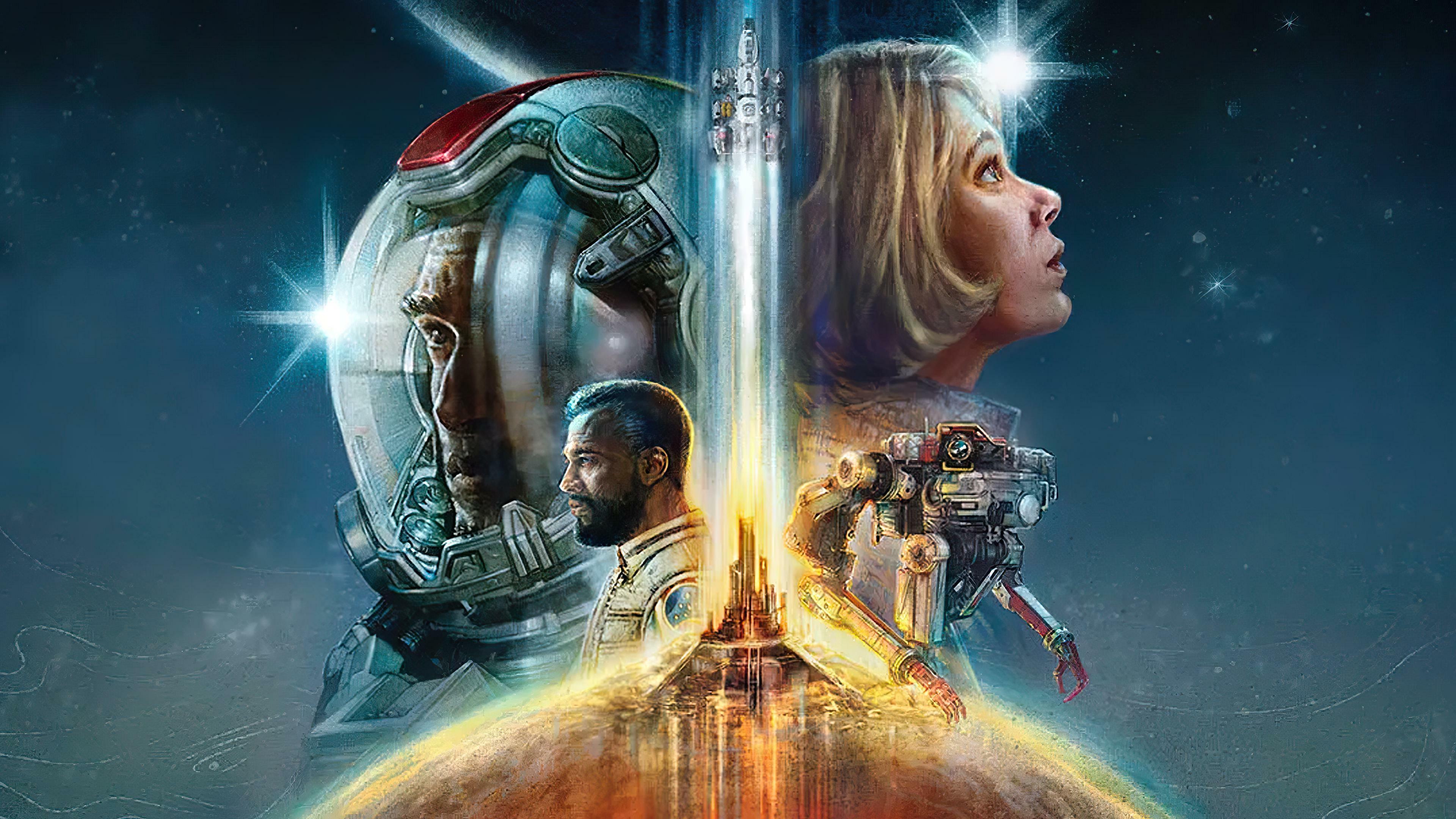Former Bethesda Lead: Starfield's Reception Linked to Legacy

A former veteran developer at Bethesda Game Studios has offered a compelling perspective on the divided reception of the ambitious sci-fi RPG, Starfield. Bruce Nesmith, a lead designer on landmark titles like The Elder Scrolls V: Skyrim and Fallout 3, suggests that the weight of the Bethesda name itself played a significant role in how the game was perceived by players and critics.
In a recent interview, Nesmith shared his belief that if Starfield had been developed and released by a different, less-storied studio, the public reaction would have been vastly different.
"I think Starfield is a great game," Nesmith stated, before adding the crucial qualifier. "I'm not going to say it's a perfect game. But I think, and I've said this publicly before, if Starfield had been released by anyone else, it would have been received differently."
His comments cut to the heart of the debate surrounding the game, which launched in September 2023 to immense hype but ultimately garnered a more polarized response than many of the studio's previous single-player epics.
The Crushing Weight of Expectation
Nesmith’s core argument centers on the monumental expectations that follow any new release from Bethesda Game Studios. With a legacy built on genre-defining hits like Oblivion, Skyrim, and Fallout 4, the studio has cultivated a massive global fanbase with very specific ideas about what a "Bethesda game" should be.
According to the former designer, Starfield was inevitably judged not just on its own merits, but against the decades-long shadow cast by its predecessors.
Key points from his perspective include:
- Brand-Name Pressure: The Bethesda Game Studios logo carries an implicit promise of a certain type of open-world experience. This set an incredibly high bar for Starfield before a single player picked up a controller.
- Preconceived Notions: Players came into Starfield expecting "Skyrim in space" or "Fallout with spaceships." When the game presented different mechanics, such as its approach to exploration and travel between planets, it clashed with these deep-seated expectations.
- A Different Studio, A Different Lens: Nesmith posits that a new or different studio releasing a game of Starfield's scope would have been praised for its ambition. Instead, Bethesda was often criticized for the ways Starfield diverged from its established formula.
A Designer's Critique of Procedural Generation
Beyond the issue of perception, Nesmith also offered his professional critique of one of Starfield's most debated features: its use of procedural generation to create over 1,000 planets. While he praised the technical achievement, he conceded that the execution may have led to a sense of repetition for some players.
He noted a potential weakness in the system, explaining that after visiting a handful of procedurally generated worlds, "the planets start to feel very samey." The excitement of landing on a new, unexplored world could diminish when the points of interest and geological layouts became too familiar. This observation from a seasoned designer aligns with a common criticism voiced by a segment of the player base who found the vastness of space to be, at times, empty.
Nesmith suggested that the system, while impressive, didn't always generate the consistent feeling of unique discovery that is a hallmark of the studio's more handcrafted worlds, like the provinces of Tamriel or the post-apocalyptic Wasteland.
An Insider's View on a Polarizing Game
Nesmith's commentary provides a rare and valuable insider's look at the complex relationship between a developer's legacy, fan expectations, and a game's ultimate reception. While he departed Bethesda in 2021 before Starfield's final development push, his decades of experience shaping the studio's most beloved titles give his words significant weight.
Starfield remains a game of dualities. It was a massive commercial success and maintains a dedicated community of players who adore its ship-building, role-playing, and story. At the same time, it has faced sustained criticism for its design choices, particularly regarding its map system, loading screens between areas, and the aforementioned procedural worlds.
The perspective offered by Nesmith doesn't seek to invalidate criticism but rather to reframe it. It suggests that the conversation around Starfield is inextricably linked to the legacy of Bethesda itself—a legacy that is both a powerful asset and, as he implies, a potential creative burden.